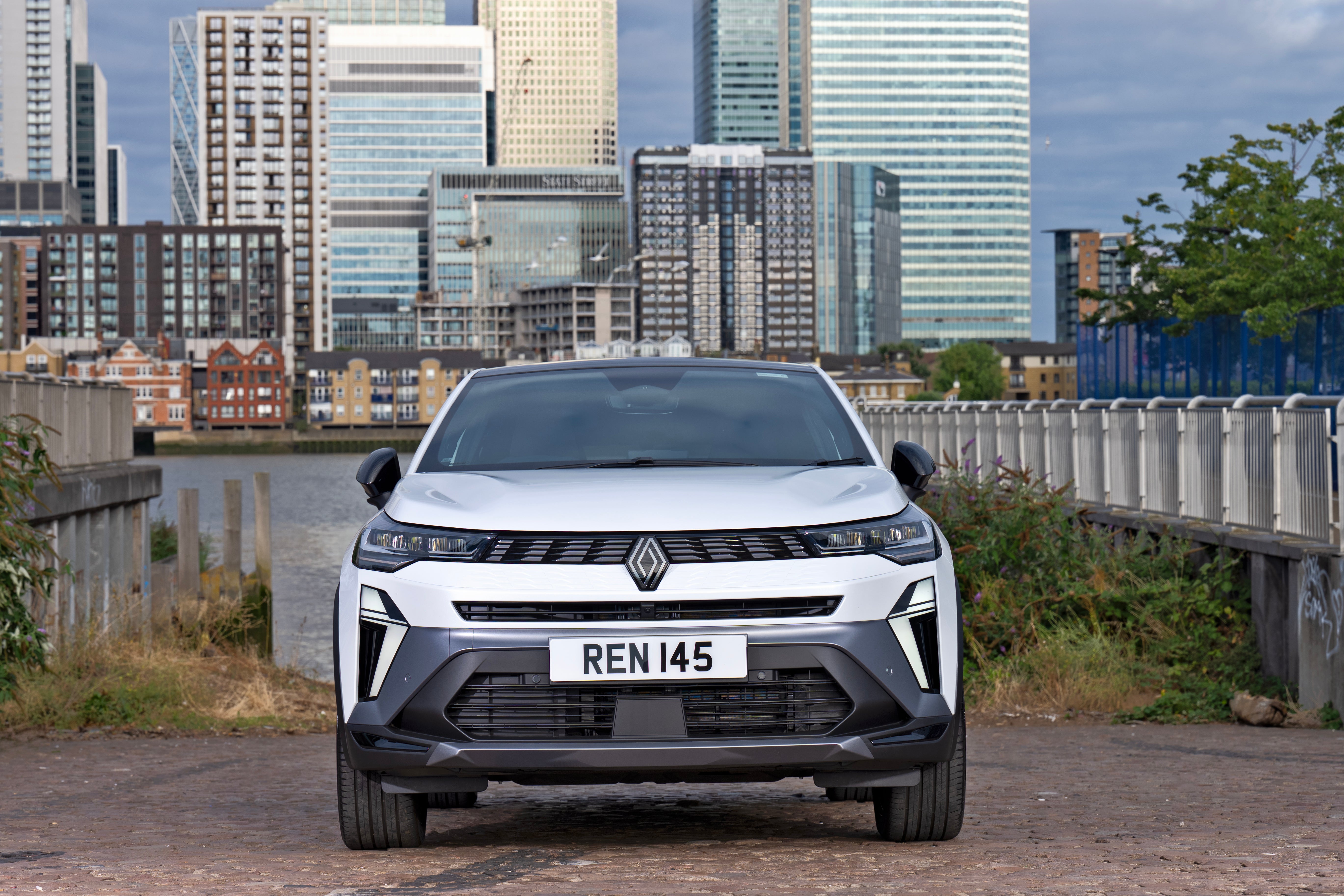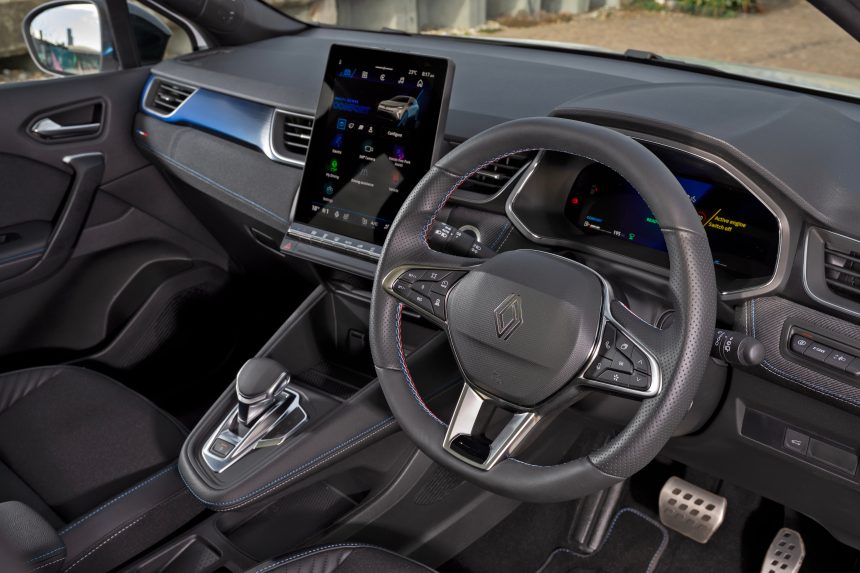Your support helps us to tell the story
From reproductive rights to climate change to Big Tech, The Independent is on the ground when the story is developing. Whether it’s investigating the financials of Elon Musk’s pro-Trump PAC or producing our latest documentary, ‘The A Word’, which shines a light on the American women fighting for reproductive rights, we know how important it is to parse out the facts from the messaging.
At such a critical moment in US history, we need reporters on the ground. Your donation allows us to keep sending journalists to speak to both sides of the story.
The Independent is trusted by Americans across the entire political spectrum. And unlike many other quality news outlets, we choose not to lock Americans out of our reporting and analysis with paywalls. We believe quality journalism should be available to everyone, paid for by those who can afford it.
Your support makes all the difference.
Keen follower of automotive affairs as I fancy myself to be, I’ve found the recent torrent of amorphously mid-market, varyingly electrified and quite same-ish Renault SUV crossovers frankly bewildering. I would challenge even the most dedicated Renaultiste to tell an Austral from a Rafale from an Arkana from a Megane E-Tech from a Scenic E-Tech from a Symbioz – the last of which I had the pleasure of covering a few hundred miles in.
And when I say pleasure, I mean I actually liked it, much against my prejudices. It’s a Renault, a brand I’ve never warmed to; it’s yet another SUV crossover thing; and it’s a hybrid, and thus a rather futile compromise that in most circumstances gives you the worst of both a traditional fossil-fuelled motor and a proper electric car propelled purely by battery power.
Yet… I liked it. There was something about this unprepossessing, almost anonymous personal transport that just felt “right”; the sort of sensation that can make one less fussed about value for money, say, or the comparatively weak warranty.
A good deal of this feelgood factor is down to the interior, and specifically the Symbioz’s ease of operation. You don’t have to try too hard to get the best out of a Symbioz. The 10.25” vertical touchscreen, for example, feels just the right size, and is perfectly angled towards the driver – who already has the advantage of unusually comfortable, fully heated faux-leather seats, which proved excellent during a long and tedious motorway journey.
The essentials, such as demisting and aircon, are immediately accessible via buttons, and in any case everything can be controlled using simple and intuitive buttons on the steering wheel, plus a reliable voice-control system. I even found myself forgiving the Symbioz for having the audio controls in a pod behind the wheel, in typical French style: surprisingly, I got the hang of these instantaneously.
It doesn’t even take much to scroll through the radio stations, as I tend to, via the screen, and things are so arranged that you never lose sight of the road. And of course you’re sat fairly high up anyway.
The Spec
Renault Symbioz E-Tech Hybrid Iconic Alpine
Price: £33,295 (as tested; range starts at £29,295)
Engine capacity: 1.6-litre petrol 3-cyl + 2 electric motors, 6-sp auto
Power output (hp): 145
Top speed (mph): 106
0 to 60 (seconds): 10.6
Fuel economy (mpg): 60.1
CO2 emissions (WLTP, g/km): 122
Then there’s the hybrid system. Honestly, on the basis of my experience I doubt you’d get 40 miles out of it even if fully charged in fully electric mode, but that’s not really the point. The object of the hybrid exercise has always been, or should always be, to maximise miles per gallon and minimise carbon dioxide emissions, and here the Symbioz is also a highly accomplished contender, managing over 60mpg in mixed motoring, and producing a mere 107g of fossil filth per kilometre.
I particularly appreciated the efficiency rating I was given at the close of every trip – confirming my own frugal habits. I’d concede that the Symbioz does the usual full hybrid thing of making a meal of things when you put your foot down hard to join a faster road, but mostly the automatic set-up is fairly civilised; indeed it is silent at low speeds.
As is to be expected these days, my favourite Renault has adaptive cruise control plus lane assist, for safety, and it’s smart enough to park itself, “hands free”, if you’ve got the nerve to allow it to do so (I haven’t). Otherwise there are enough cameras and parking sensors to make it less likely you’ll ever need to take it to the body shop (such repairs invariably being more costly these days than anything purely mechanical).

The built-in satnav and other Google-based infotainment served me well, but you can download countless apps and plumb in your smartphone as you wish.
Renault make a big thing about the Symbioz being in the fine tradition of the company’s innovative, if not revolutionary, family cars. They are assuredly right to be proud of the first five-door hatch, the Renault 16, now celebrating its 60th birthday, as well as the original Espace and the Scenic.
The Symbioz isn’t in their league, and will find it difficult to carve out a name for itself against the likes of the Nissan Qashqai, Kia Sportage, Skoda Karoq, or more comparable full hybrids such as the Toyota C-HR or Honda HR-V. It isn’t bad value – always make sure you ignore list price and consult the shopping sites such as CarWow to secure best prices/lease deals – and it is well equipped.
On black diamond-cut 19in alloys it even looks pretty smart. To me, as I say, its main recommendation is that it does almost everything better than most. In addition, it is well packaged, and feels neither too big nor too small – an ideally symbiotic sort of a partner.








